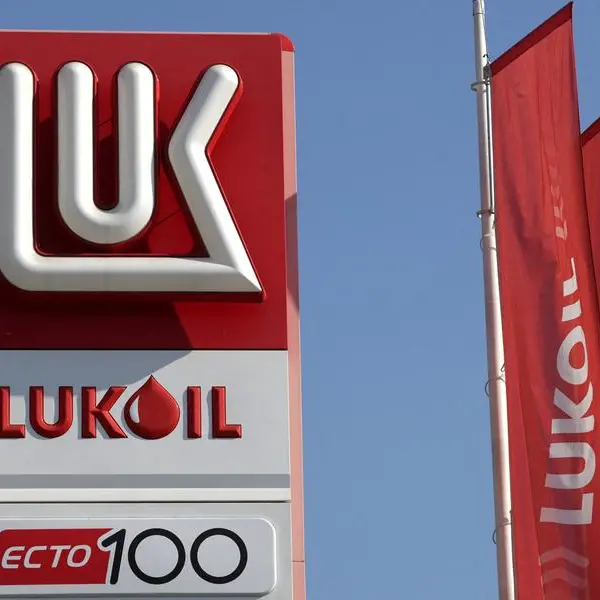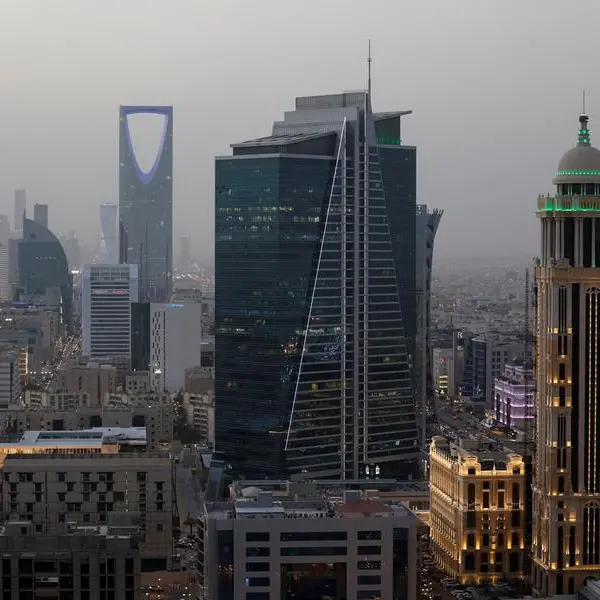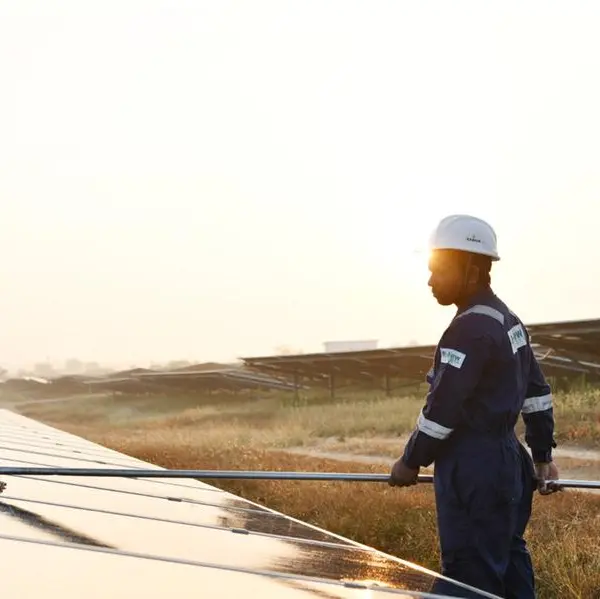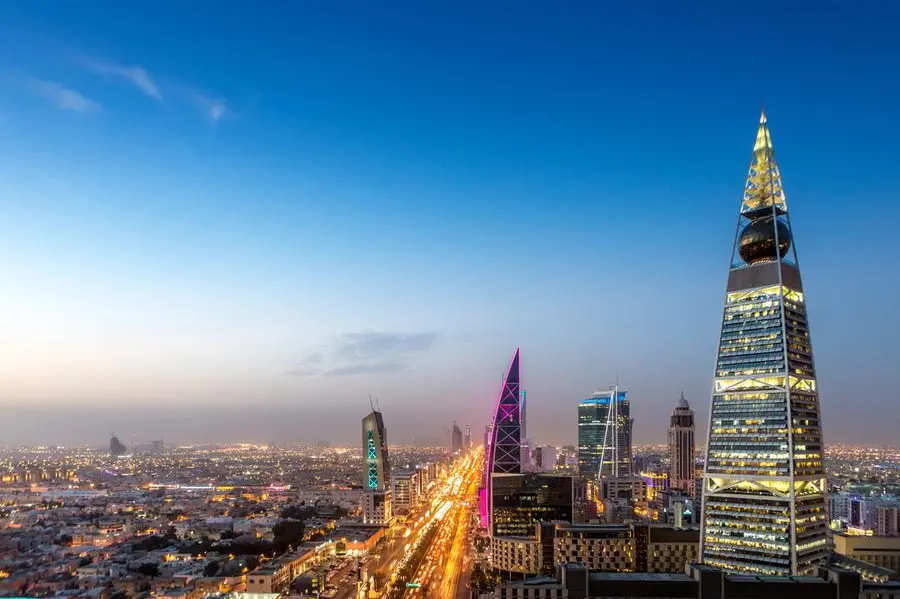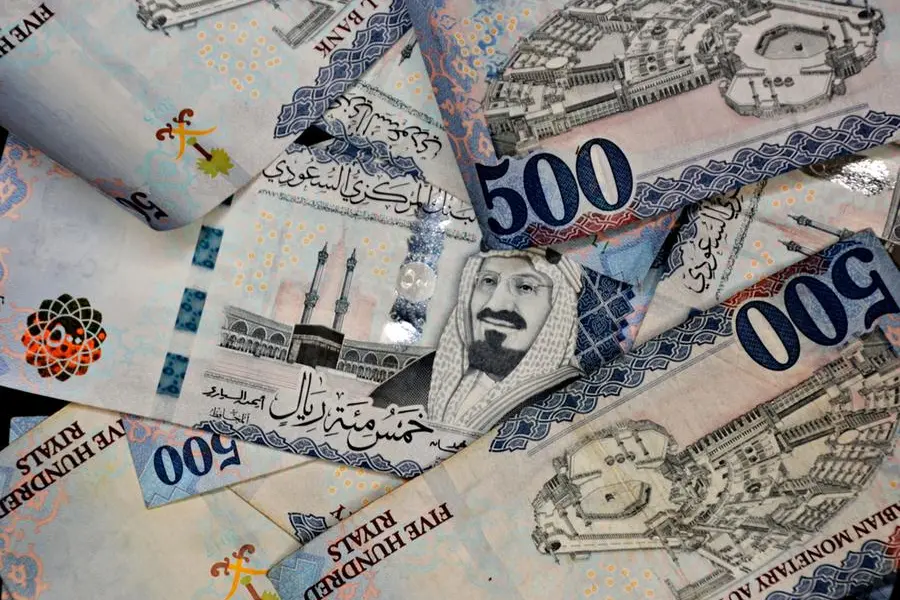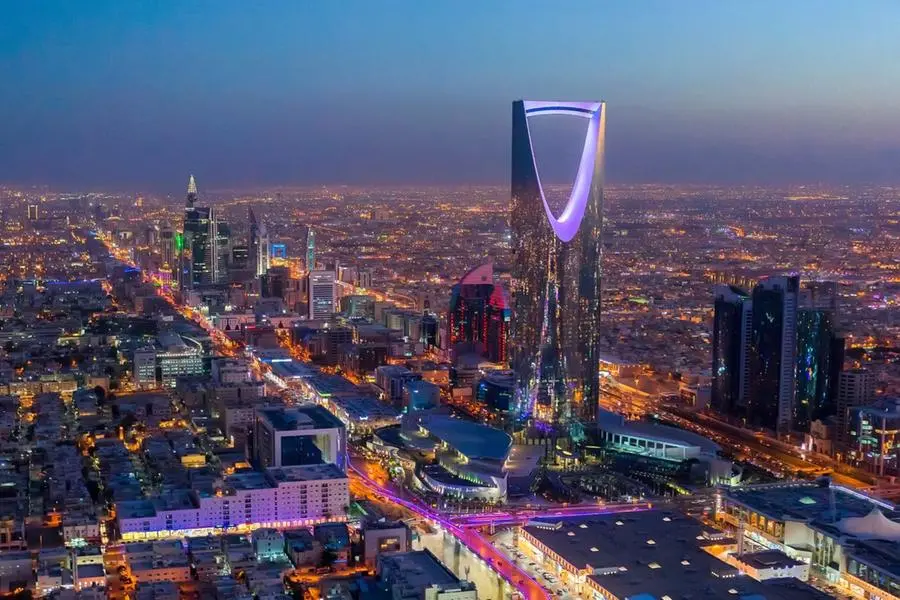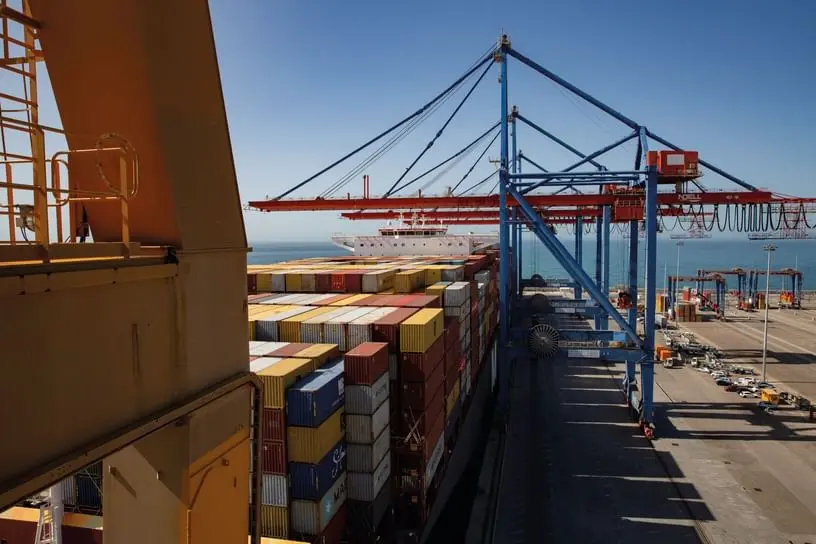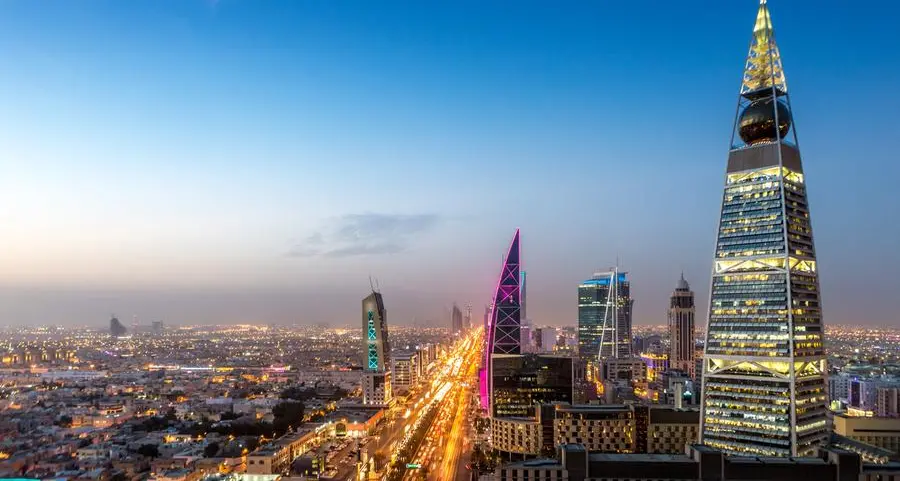Here's a list Qatar would not want to top: The World Wild Life Fund (WWF) has ranked Qatar as the country with the largest ecological footprint per capita in its latest report. The tiny country is joined by neighbours Kuwait and the United Arab Emirates as the three nations with the largest ecological footprint - far exceeding other countries.
The Ecological Footprint tracks human demands on resources by comparing human consumption against the Earth's regenerative capacity (or biocapacity). It does this by calculating the area required to produce the resources people consume, the area occupied by infrastructure, and the area of forest required for sequestering CO2.
"We are all familiar with the stark array of graphs - carbon emissions, deforestation, water scarcity, overfishing - that detail how we are sapping the Earth's resources and resilience," wrote Jim Leape, Director-General of the WWF International. "The cumulative pressure we're putting on the planet, and the consequent decline in the health of the forests, rivers and oceans that make our lives possible."
We are living as if we have an extra planet at our disposal, noted Mr. Leape. "We are using 50% more resources than the Earth can provide, and unless we change course that number will grow very fast - by 2030, even two planets will not be enough."
In 2008, the Earth's total biocapacity was 12.0 billion global hectares (gha), or 1.8 gha per person, while humanity's Ecological Footprint was 18.2 billion gha, or 2.7 gha per person. This discrepancy means it would take 1.5 years for the Earth to fully regenerate the renewable resources that people used in one year.But Mr. Leape's solutions are optimistic. He argues that we can meet all of our energy needs from sources like wind and sunlight that are clean and abundant. The first imperative is to get much more out of the energy we use - increasing the efficiency of our buildings, cars and factories can cut our total energy use in half.
In essence we can use renewable energy for 100% for our energy demands by 2050.
"If we make those savings, then it is possible to meet all of our needs from renewable sources, so long as we focus on driving those technologies into the economy and ending the $700-billion in subsidies that keep us hooked on oil and coal," said Mr. Leape.
But recent moves towards renewables have not gathered momentum. Countries in the EU and elsewhere have spent billions to jumpstart renewable energies industries, focusing on wind and solar - with mixed success.
In fact many of these renewable projects failed once their subsidies were removed. In any case, many countries are struggling to make these financial commitments towards renewable energy in a time of fiscal austerity. And especially when shale gas has led to cheap and abundant power supplies possible.
"Concerns relating to the over-subsidization of renewable technologies...have prompted the German government to decrease their FITs, and announce a cut for all rooftop solar panel systems and those constructed on disused land," according to a new report by energy experts GlobalData. "The UK, Spain and France have all made similar changes to policy."
Global consulting company McKinsey data shows that meeting the global economy's growing resource demands over the next 20 years will require investment to increase by 50 to 75%, to at least USD3-trillion per year.
"The benefits could be as high as $3.7 trillion a year, however, if carbon had a price of $30 per metric ton and if governments removed substantial resource subsidies and taxes," McKinsey noted in a report on future resource needs.

LEAVING A BIG FOOTPRINT
Data from Qatar, Kuwait and the UAE appears to skew the overall footprint of the Middle East. Overall, the region's ecological footprint stands at 2.47 (global hectares per person), which is far lower than the worst offenders -- the most advanced countries in North America (7.12) and the European Union (4.72).
Asia Pacific (1.63), the region with some of the fastest emerging economies, still has a much smaller footprint than advanced countries, with Latin America (2.60) a bit higher.
"If all of humanity lived like an average Indonesian, for example, only two-thirds of the planet's biocapacity would be used; if everyone lived like an average Argentinean, humanity would demand more than half an additional planet; and if everyone lived like an average resident of the USA, a total of four Earths would be required to regenerate humanity's annual demand on nature," the WF report noted.
But growth patterns in emerging markets are making demands on finite resources.
BRIC -- or Brazil, Russia, India and China -- are leading the new growth consumptions. While Russia and Brazil have their own energy resources to drill, India and China's insatiable energy needs are being fuelled by Middle East oil and gas producers. Together with population and urbanization trends, underline the worrying potential for humanity's footprint to increase even more in the future.
Middle East countries are also guilty of spurring 'land grab', adding to the world's ecological pressures.
Recent research shows that deals reported as approved or under negotiation worldwide amounted to a total of 203 million hectares: 134 million hectares of this total are located in Africa; 43 million hectares in Asia and 19 million hectares in Latin America. Of these, deals for 71 million hectares have so far been cross-referenced, confirming the unprecedented scale of the land rush over the past decade.
SOLUTIONS?
The solutions are hard to come by. Rising populations and rising incomes across emerging markets are raising the standards of living and aspirations for millions for people, which have to contend with ever-decreasing resource supply.
The developed world's thirst for energy is unabated, while demand is rocketing in emerging economies, such as China, India and Brazil, noted the WWF in an earlier report focused on the energy sector.
"If everyone in the world used oil at the same rate as the average Saudi, Singaporean or U.S. resident, the world's proven oil reserves would be used up in less than 10 years. Competition for fossil fuel resources is a source of international tension, and potentially conflict," WWF noted.
From 1980 to 2009, the global middle class has grown to 1.8 billion people from 1.1. billion. Over the next 20 years, it is likely to grow by an additional 3 billion, to nearly 5 billion people.
"The world has never before witnessed income growth of this speed and magnitude: China and India are doubling their real per capita incomes at about ten times the pace England achieved during the Industrial Revolution and at around 200 times the scale," a McKinsey report noted. "In all likelihood, the expansion of the global middle class will continue the acceleration in demand for resources--energy, food, materials, water--that has taken place since 2000."
McKinsey notes that policy makers should consider action on three fronts, which are at odds with WWF recommendations:
1) Unwind subsidies that keep prices artificially low and encourage inefficiency;
2) Ensure enough capital is available and that market failures associated with, for instance, property rights and incentives are corrected;
3) Bolster society's resilience by creating safety nets to help very poor people deal with change and educating consumers and businesses to heed the reality of future resource constraints.
"In the 20th century, governments and businesses didn't have to worry about resource productivity; they could focus on capital and labor," noted McKinsey. "Over the next 20 years, resources must be at the heart of public policy and business strategy."
Also Read: Great Resource Rush
© alifarabia.com 2012

